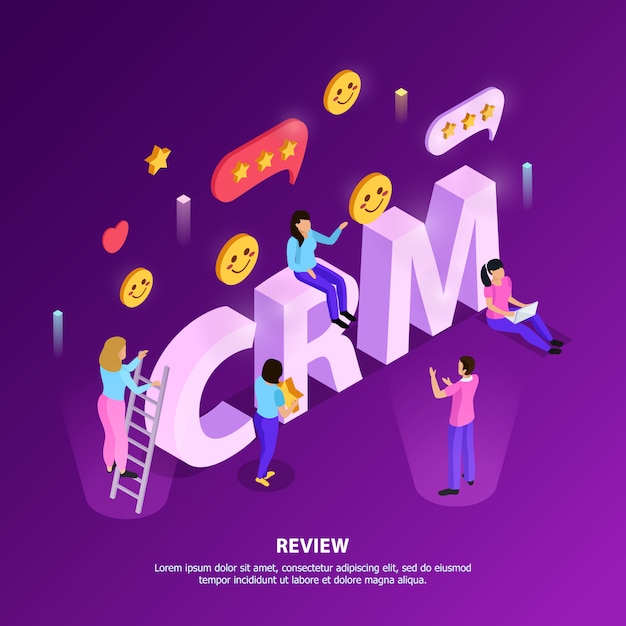Customer relationship management is A technology to manage all of your company's relationships with potential and current customers. Our goal is simple: Increase business relationships Companies can use a CRM system to improve their business relationships. Connect to customers, improve profitability, streamline processes, & be connected with them
CRM is often referred to as a CRM. CRM Web Solutions is a tool to help with sales management and contact management: productivity and many other things.
CRM solutions allow you to focus on the relationships within an organization. With individuals -- customers, service users, and colleagues. Suppliers and other suppliers -- throughout your entire lifecycle with them, even finding New customers, winning their business, and offering Additional support services are available throughout the relationship.
Who is CRM for?
A CRM system can be used by anyone -- business, sales, customer services, etc. You can develop, recruit, market, or manage any other line in your business. A better way to manage relationships and external interactions You can drive success. A CRM tool allows you to keep track of prospect and customer contacts information, identify sales opportunities, and record service issues. Manage marketing campaigns from one central place -- and save time. All customer interactions are available to anyone at your organization Company that might need it.
It's easier for people to collaborate when they have easy access to data and visibility. You can increase productivity. Your company's employees can see how it works. Customers were informed what they have bought and when they purchased it. What they bought, when they purchased it, and so on. CRM can aid companies of any size in driving business growth. This is especially true for small businesses where teams often need to figure out how to do more with them.
Here's why CRM matters to your business.
Gartner predicts CRM will be the largest industry by 2021. Revenue area for spending on enterprise software. Your business can be described as To be successful; you must have a plan for the future. You must have a strategy for the future. Have goals for sales, profitability, and business objectives. But It can be challenging to get up-to-date and reliable InformationInformation about your progress. How can you interpret the multitude of data streams coming in from sales? Customer service, marketing, and monitoring social media into useful InformationInformation for business?
A CRM system will give you a complete overview of your customers. This is possible. You can see all of your data in one place - a simple and customizable dashboard that you can customize. Tell you about a customer's history with you and the current status of their relationship—orders, outstanding customer service issues, etc.
You can also choose to include Information from their social media. Media activity -- Their likes and dislikes, and what they are saying Sharing Information about yourself or your competitors. A CRM solution can be used by marketers To better understand the prospects and sales pipeline, and Forecasting will become more accessible and more precise. Clear forecasts will be possible. You will have visibility into every opportunity and lead. This will show you the path to follow. Questions to sales The most significant productivity gains can be made by converting inquiries to sales. They moved beyond CRM as a marketing and sales tool and embedded CRM In your business - From HR to customer service and supply-chain Management.
Although CRM systems were traditionally used for sales, they can also automate and streamline customer service processes. Marketing tools and customer service teams are reaping significant benefits Using them. The customer of today might raise an issue via one channel, say, Twitter -- then switch to email/phone to solve it, Private, You can manage your inquiry across all channels with a CRM platform Without losing sight, it gives sales, marketing, and service a single point of contact View of the customer.



0 Comments